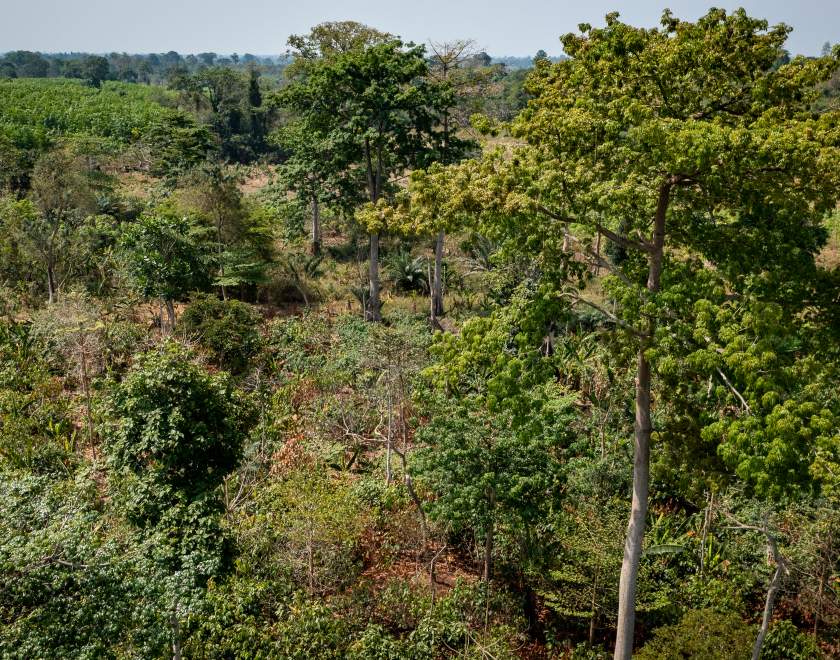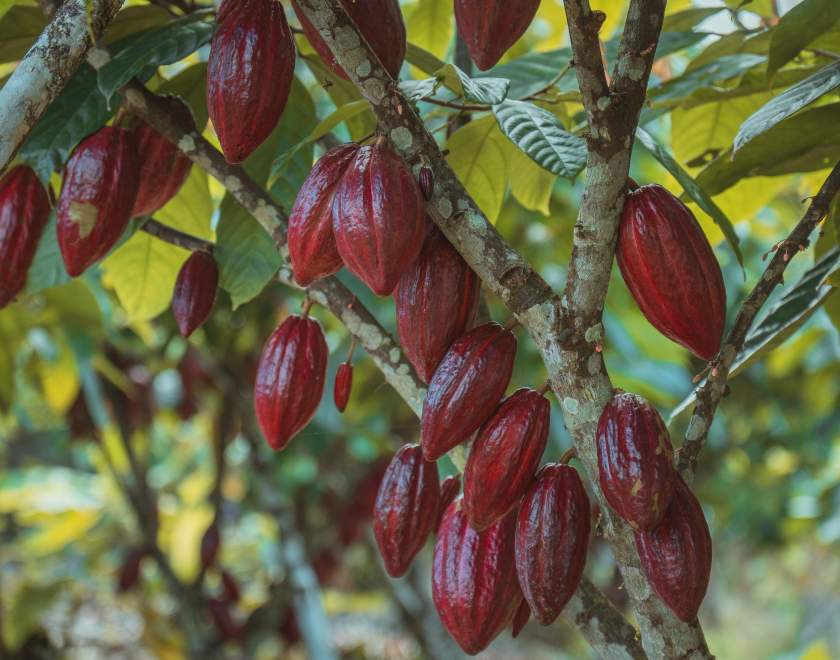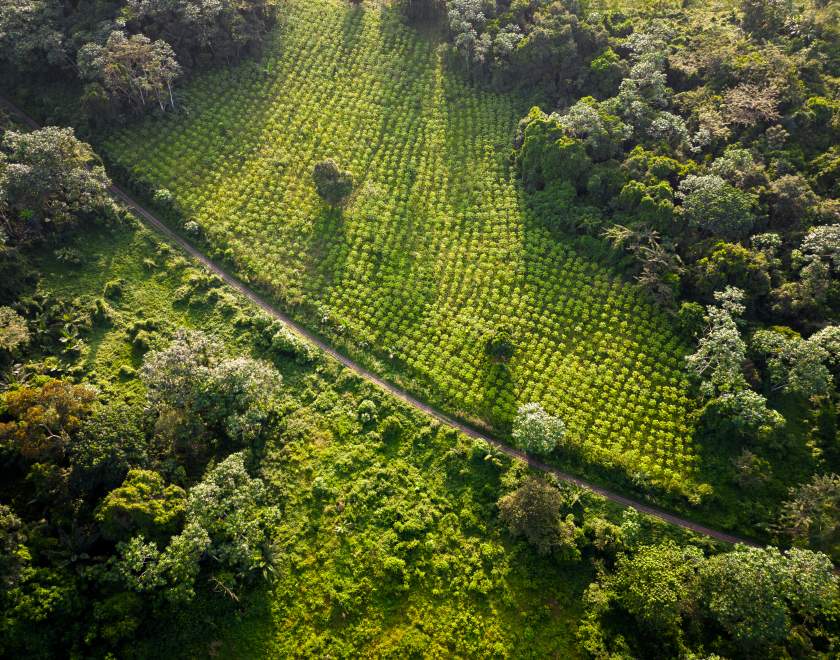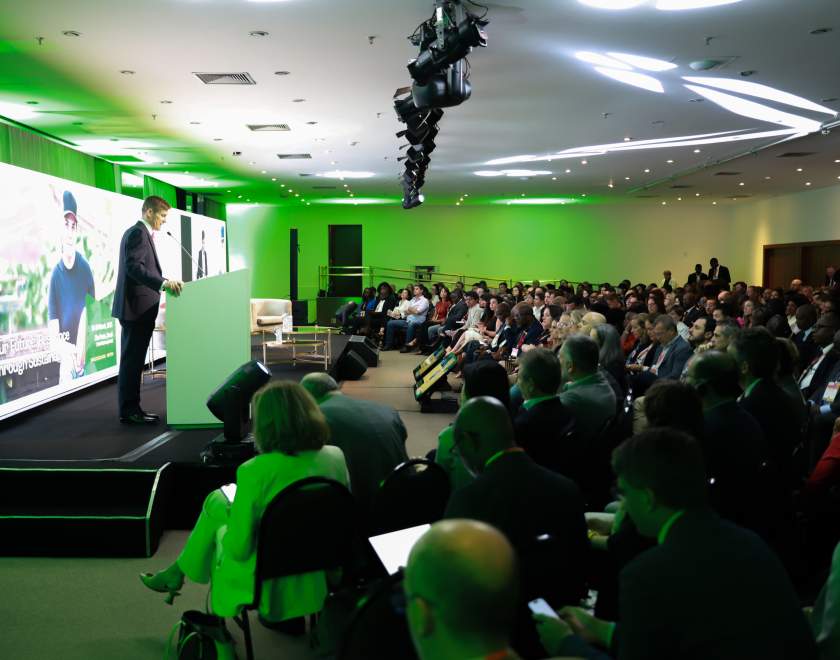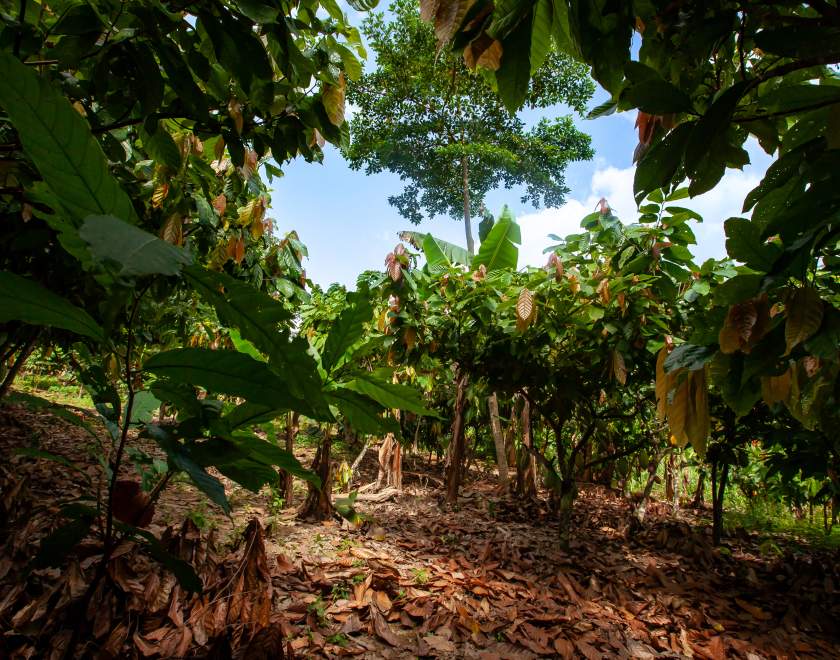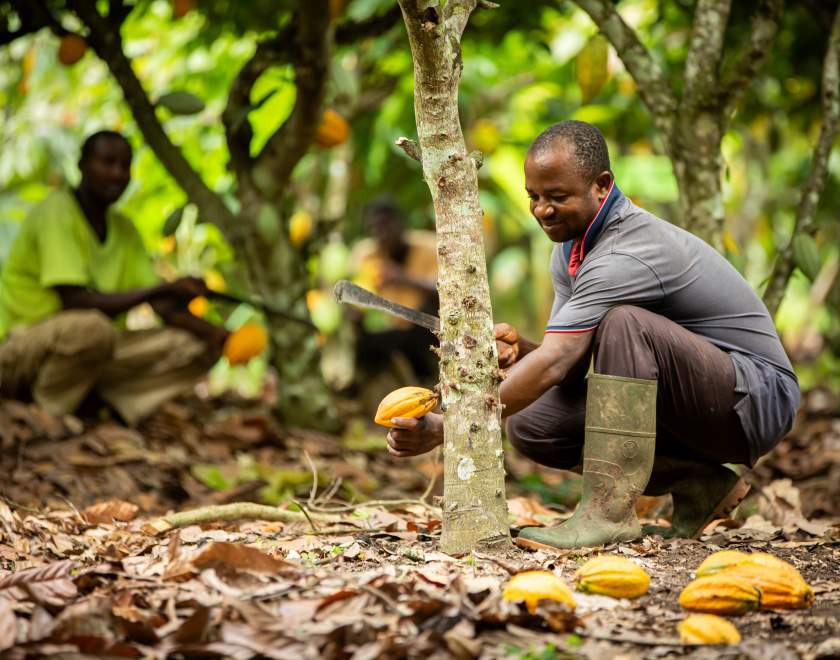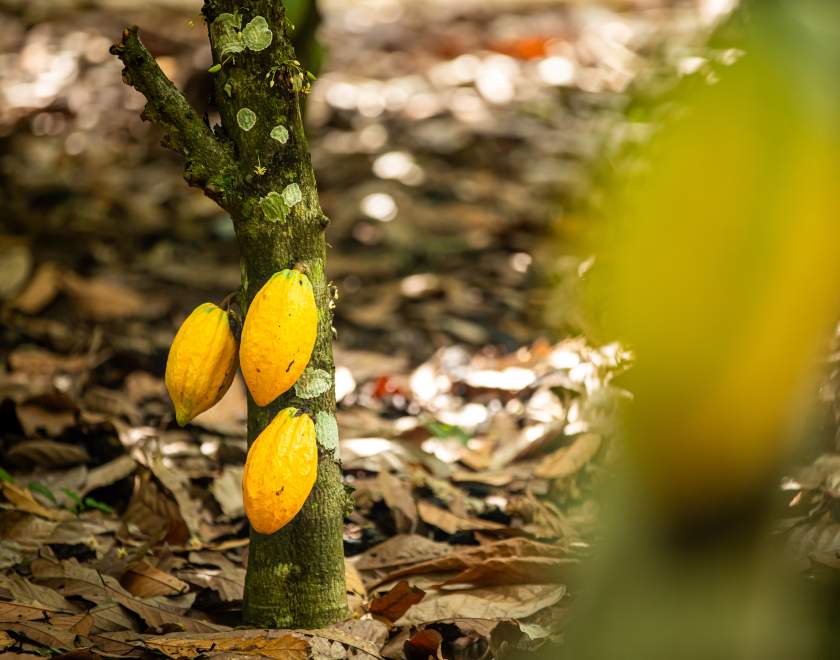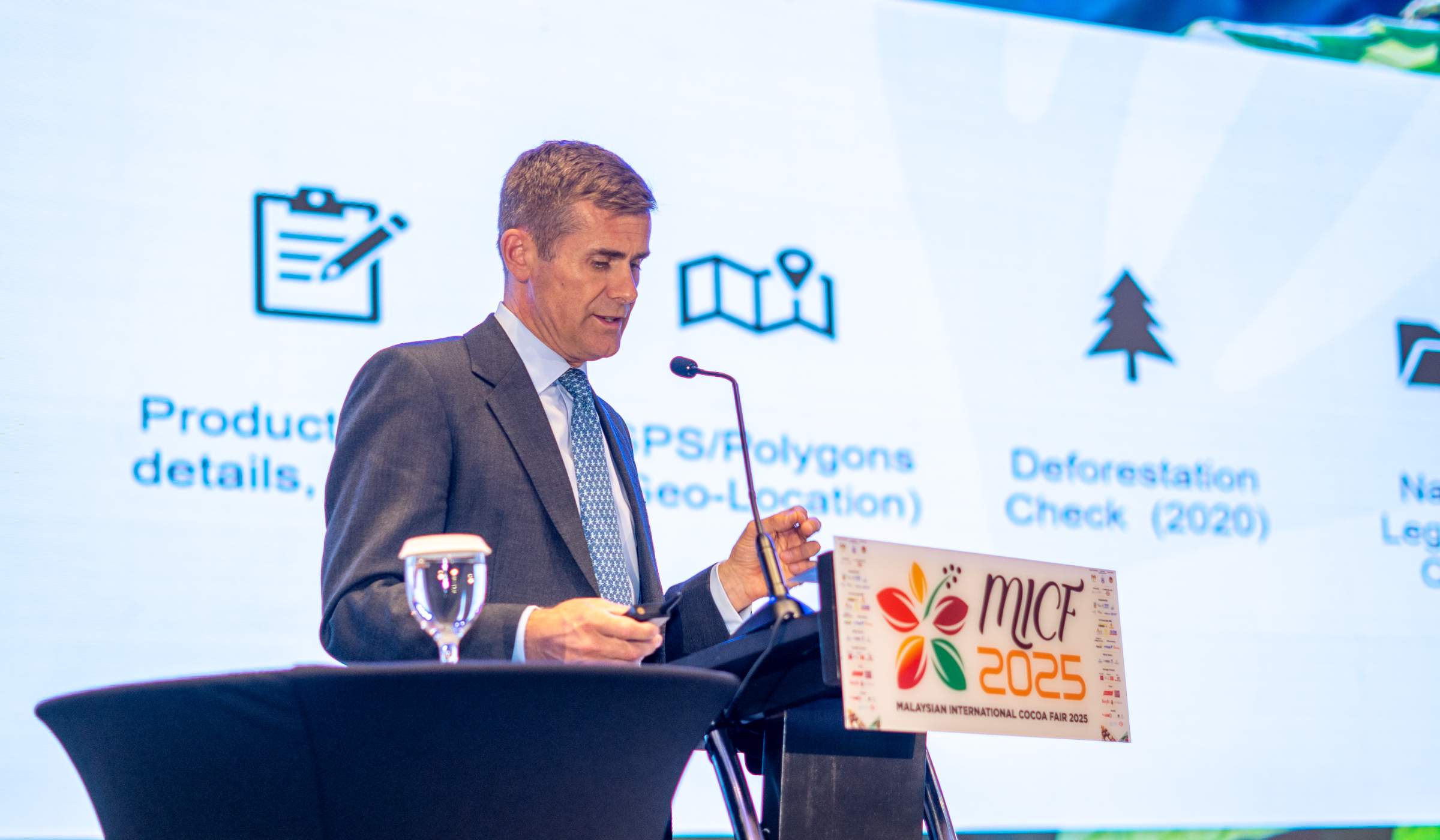
At the Malaysian International Cocoa Conference (May 26), WCF President Chris Vincent delivered a keynote on the status and future direction of traceability in the cocoa sector.
In this interview, we revisit key points from his speech and unpack how the sector is preparing for upcoming regulations and building traceability infrastructure at speed.
WCF: Chris, you opened your remarks by saying we’re experiencing a once-in-a-generation transformation in cocoa supply chains. What makes this moment so pivotal?
Chris Vincent: We’ve been talking about traceability in cocoa for years but it’s no longer a distant goal. It's here and it’s becoming standardised. The catalyst has been political – the EU Deforestation Regulation, or EUDR, has crystallised the direction of travel for the entire sector. Companies only have months left before the regulation comes into effect at the end of this year.
WCF: The EUDR only applies to EU-bound products. Why does it matter globally?
Chris Vincent: Europe is the largest consumer of cocoa in the world, so what affects the EU affects the entire value chain. The EUDR applies to cocoa beans and derivative products. And global companies will be held to this benchmark by civil society. NGOs and advocacy groups are already making that clear. The pressure to comply with EUDR is becoming a proxy for global compliance.
WCF: Is it fair to say this builds on work that was already happening?
Chris Vincent: Absolutely. The sector wasn’t starting from scratch. Back in 2017, we saw the creation of a major public-private partnership with 35 companies and the governments of Ghana and Côte d’Ivoire to address cocoa-related deforestation. One of its key goals is 100% traceability. Individual governments and companies have also been building their own systems. These early steps laid important groundwork.
WCF: Implementation has been challenging. What’s made it so complex?
Chris Vincent: On paper, the EUDR’s requirements are straightforward. In practice, companies need to build robust risk assessments, due diligence procedures and verification mechanisms and the absence of clear, harmonised guidance from the EU Commission created the risk of fragmented national interpretations. That uncertainty, and the lack of an integrated IT infrastructure led to the delays.
WCF: With the EUDR set to take effect by the end of this year, what’s the state of readiness?
Chris Vincent: While the EUDR's implementation is not yet perfect, the fundamentals are firmly in place and the architecture for traceability is being installed at pace. The real question now is not whether we can trace cocoa; it is about verifying whether the systems built are fully functional and effective; and it’s how we’ll use the infrastructure that has been developed. National traceability systems will play a major role here and they’re becoming a cornerstone of how producing countries will manage their sectors.
WCF: Beyond compliance, what are the benefits of traceability for producing countries?
Chris Vincent: Traceability brings transparency. It helps governments to set fair pricing mechanisms, protect farmers and strengthen oversight. It’s not just about checking a regulatory box; it’s about long-term sectoral improvement.
WCF: And for companies, what’s coming next?
Chris Vincent: Traceability is just the start. What’s coming is layered due diligence: looking not just at where a product came from but how it was produced. We’re already seeing this with the UK’s Forest Risk Commodities Regulation, Germany’s Supply Chain Act and initiatives like the Science Based Targets initiative. Although we can't be sure about the direction for the EU’s Corporate Sustainability Due Diligence Directive (CSDDD), the obligation to go beyond tracing products and start addressing broader environmental and human rights risks across value chains is only going to increase.
WCF: If the compliance conversation is becoming broader, how can the sector prepare?
Chris Vincent: By being proactive. We don’t yet have clear methodologies for measuring things like biodiversity, or labour risks. Pre-competitive collaboration will be essential as we move into the next chapter, where traceability becomes a platform for better outcomes across the board.
As mentioned above, WCF has been supporting the sector to prepare for compliance by establishing best practice methodologies like the DRA, and has also developed standard methodologies to measure household incomes and greenhouse gas emissions and removals, two components of CSDDD. WCF will build upon this work in the coming years in collaboration with governments, members and technical experts to ensure that best practice methods and tools exist for all sustainability issues.
WCF: What’s needed technically to make this all work?
Chris Vincent: Interoperability is going to be essential. Systems need to talk to each other, between companies, regulators and producing country authorities. And that communication needs to be low-cost, independently verifiable and accessible to smallholders and local institutions.
WCF: Are we seeing any examples of where this is heading?
Chris Vincent: Within just a few years, the bar has been raised: companies have moved from simply mapping farms to using predictive deforestation modelling. Soon, companies will be able to identify areas at risk of future deforestation in advance, saving them significant time and cost and improving their compliance readiness. That kind of forward-looking capability is a game-changer.
WCF: Last question. Is the sector ready for what comes next?
Chris Vincent: It has to be. Traceability is no longer a technical exercise; it’s a foundation for delivering tangible outcomes and retaining access to key markets. In the future, we can expect to see a traceability framework that is national, based on globally established best practices, with companies fully integrated. The systems we build need to be inclusive, practical and scalable. It’s going to take collaboration across the board – governments, industry, NGOs – to make that happen.

